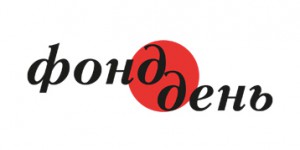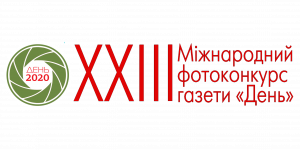The State Duma of Russia has adopted in its second reading the draft constitutional amendment, On the State Anthem of the Russian Federation. The melody of the former anthem of the USSR by the composer Grigory Aleksandrov is approved as the basis for the state anthem. The President of the Russian Federation has received recommendations to create commission to consider propositions on the text of the anthem and after the approval of the text of the anthem to present it to the State Duma. Numerous protests including those expressed by the Russian Pen Club have been ignored by both the Duma and President Putin. Thus, the Soviet anthem is getting already the third life. Which is perhaps the best characterization of today’s Russia.
In the initial years after the Union republics became independent after the collapse of the Soviet Union, the new states needed their own symbols. In the formerly independent Baltic states there was no such a problem. Each of the newly created CIS states resolved the issue of symbols in its own way. There were even amusing cases when the national symbols have been subsequently replaced by the former Soviet ones (neighboring Belarus). Ukraine has been twice lucky with its own symbols. First of all these symbols already existed — it was only necessary to make use of the coat of arms, flag and the anthem of the short-lived independent Ukraine of 1918-1921. Secondly, first President of Ukraine Leonid Kravchuk began to implement the new symbols without asking permission for this from Verkhovna Rada or holding referendums, thereby presenting the nation with a fait accompli. And later, for nearly ten years the leaders of our country have diplomatically avoided any nationwide discussion of national symbols. These undoubtedly wise actions by our first leaders led to the fact that the Ukrainian state symbols are taken for granted, and the younger generation already cannot imagine others. while the fact that Communist deputies sport red badges instead of blue and yellow ones remains their private affair and nothing more.
The former Soviet anthem by Aleksandrov replaced “The Internationale” in the thirties and existed in its primary look until the beginning of the sixties, when its words immediately disappeared. It was decided to return the words to the Soviet anthem in 1977, during the approval of Brezhnev Constitution. The renewed text written by Sergei Mikhalkov has never been sung by anybody, and with time the issue lost its relevance. It looked like the place of the Soviet anthem together with the red flag, hammer, and sickle would be relegated to the archives and museums, as documents of the past.
But suddenly the Russians felt discomfort having no anthem with words. Glinka’s melody taken hastily by Boris Yeltsin as an anthem of Russia began to grate on Putin’s Russia. The ideologists of the new Russian president pulled this very card from the block on time, for the country to discuss the state anthem, not the permanent economic crisis, political problems and the war in Chechnya. The fact that initially three versions were considered — adding words to the melody by Mikhail Glinka, taking the imperial anthem of “God, save the Tsar,” or returning to the Soviet anthem — was a question, the answer to which was predictable, since neither Glinka nor the tsarist Russian anthem evoke any perceptible emotions in contemporary Russians. It was impossible to be otherwise — the very melody of Aleksandrov without the words calls up nostalgia for the past, the hope for the return of Russia to its status as “gatherer of the lands” of others. And the fact that the Soviet anthem does not match the imperial double headed eagle and tricolor flag at all does not bother anyone. Actually, in the new text of the anthem set to Aleksandrov’s music written in operational mode by the same ageless Mikhalkov, a place was found also for the eagle and for the tricolor. It seemed as easy to replace the Communist Party and Lenin by them as to replace Stalin in 1977.
Under the melody of the new/old anthem it will be somewhat inconvenient to roughly criticize the political and economic actions of the new President, and this will give Putin peace for at least half a year. The dead submariners will be forgotten as well as those killed in Chechnya, and the people will again rally round the young and vigorous President who is reviving a powerful Russia.
The question is what we have to do with it. Indeed, nobody will literally repeat the Russian scenario here but our image-makers will get a serious lesson like whether it is really possible to rally the heated and interesting discussion surrounding the Russian anthem with the discussion periodically excited in our country concerning parliamentary immunity, number of chambers, and the quantity of deputies. The people, of course, support all this unanimously, however, there has been little success in distracting public attention from economic problems and fresh political scandals. The experience of street television concerning the referendum proves that, while starting discussions on the immunity and bicameralism, people on the street rapidly shift to the problems of wages, salaries, pensions, rising prices, and other things, about which our reform government has problems talking with the people. A break is needed, a time-out for at least half a year, during which either reforms will start to produce real results or the government will be replaced. And where do we get this half year? The Russians showed us how it is done, by bringing their country into a dispute on its national anthem with predictable results.
We have only to wait for such new people’s initiatives.






